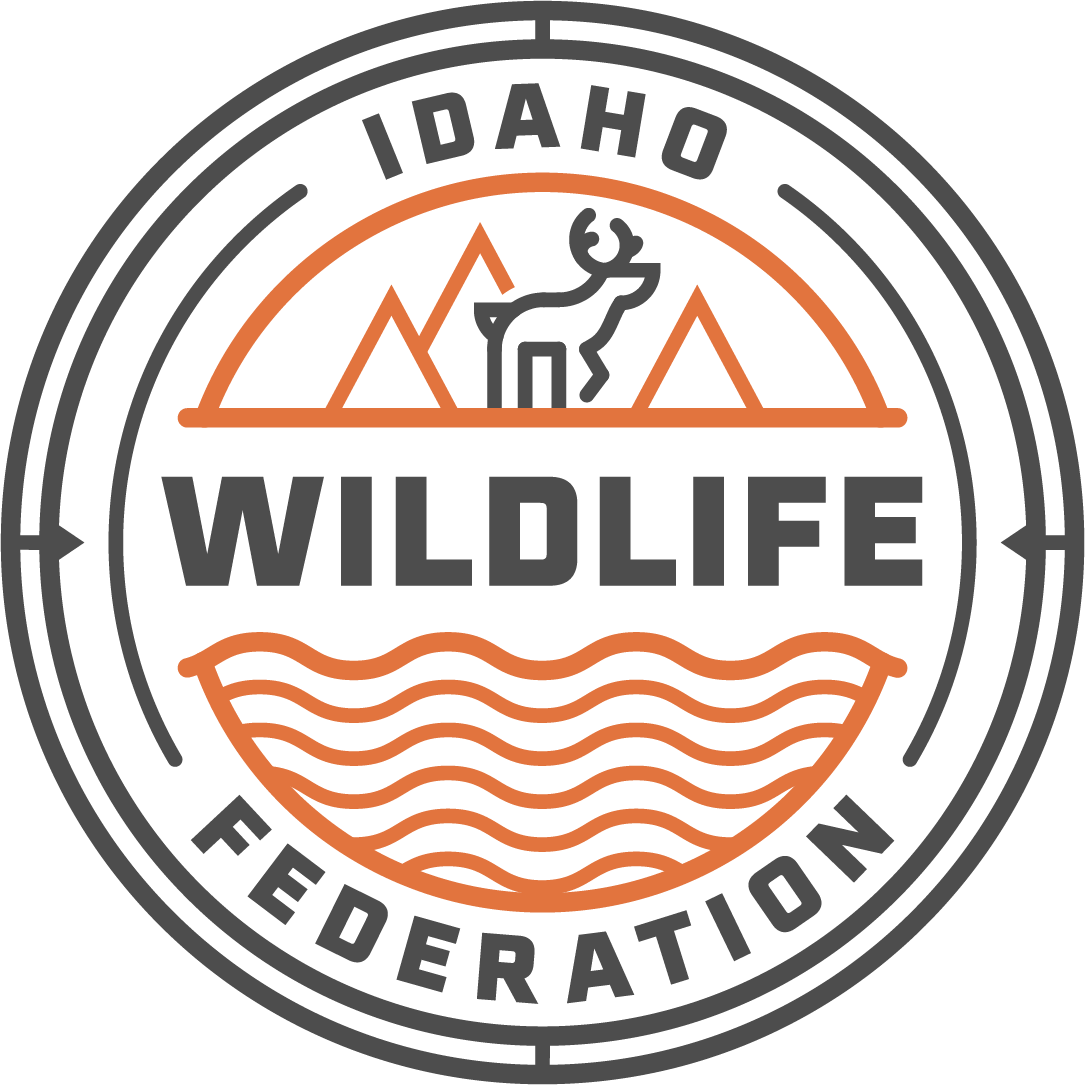Managing the Flow: How Outlet Dam Operations Affect the Priest River
Priest Lake is one of the most beautiful lakes in the state. Historically, its surface level would rise and fall naturally with the seasons - shaped by snowpack, runoff, and precipitation. That changed in 1951 with the construction of Outlet Dam at the lake’s southern end. Originally built to support logging and help maintain consistent summer lake levels, the dam has since been upgraded from its original timber structure to the concrete version we know today. Yet despite these changes, lake level management has remained largely the same for decades.
Under Idaho code, Priest Lake must be maintained at 3.0 feet of elevation during the recreation season (Memorial Day through the end of September). [Note: “0 feet” refers to the lake’s natural level with no water held back by the dam.] Until recently, there was no flexibility in this requirement - and during dry years, the 45-mile Lower Priest River and its fish paid the price. Summer flows often dropped well below Idaho Fish and Game’s recommended 230 cubic feet per second (cfs), sometimes falling under 100 cfs for extended periods. This low flow, paired with high temperatures, severely stressed west slope cutthroat and bull trout populations, both native fish to the Priest.
In spring 2024, a 0.5-foot extension to the dam was completed, giving the Idaho Department of Water Resources (IDWR), which oversees dam operations, new flexibility. In years designated as “dry,” IDWR can now hold the lake as high as 3.5 feet, allowing more water to be released downstream during the late summer low-flow period while still meeting the statutory 3.0-foot requirement. These “dry” or “wet” designations are determined using predictive models that assess snowpack, spring rainfall, and projected summer precipitation.
This is a step forward, but there’s a catch. In “wet” years, ironically, the Lower Priest River may actually face worse conditions. Because the statute mandates holding the lake at exactly 3.0 feet in a “wet” year (with no ability to go higher), IDWR has less flexibility to release additional water downstream. In some recent years, flows during these “wet” years have dropped below 100 cfs more frequently than in “dry” ones. And even when a designation change is technically possible, a drier-than-expected spring or summer might leave the lake too low to make that shift viable.
These are exactly the types of challenges that collaborative groups are built to tackle. Without the formation of the Priest River Watershed Group, this issue may have continued unnoticed, fueling growing tension between lake and river users. But because this group started asking the right questions, brought together the right stakeholders, and got real answers, we’re now in a position to pursue better, more balanced solutions.
Managing water for both lake recreation and river health is a delicate balancing act - especially in a changing climate. But thanks to the collaborative efforts of the Priest River Watershed Group, we're not just identifying the problem, we’re laying the groundwork for lasting solutions. With continued dialogue, sound science, and strong community engagement, there’s real potential to improve flows, support native trout populations, and ensure both Priest Lake and the Lower Priest River remain the treasures they are.
It’s a long game - but one worth playing.
